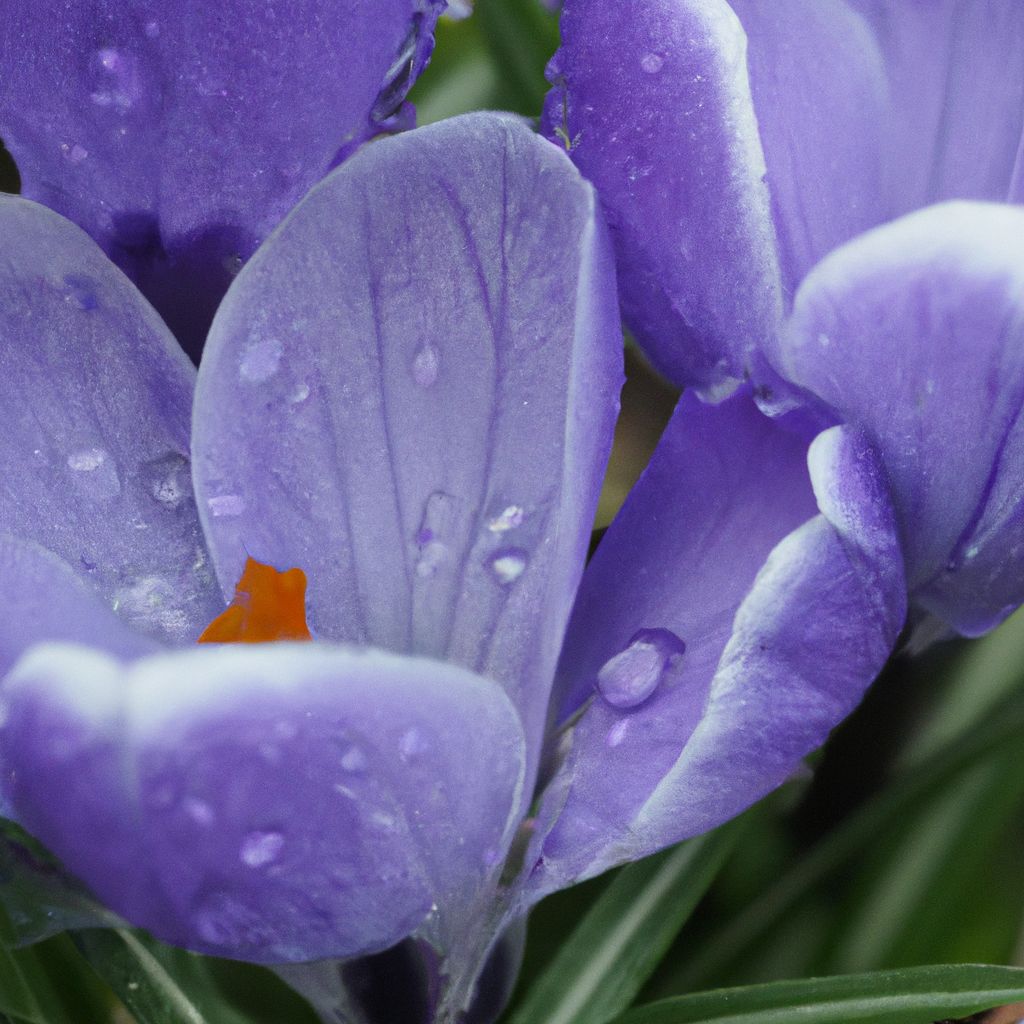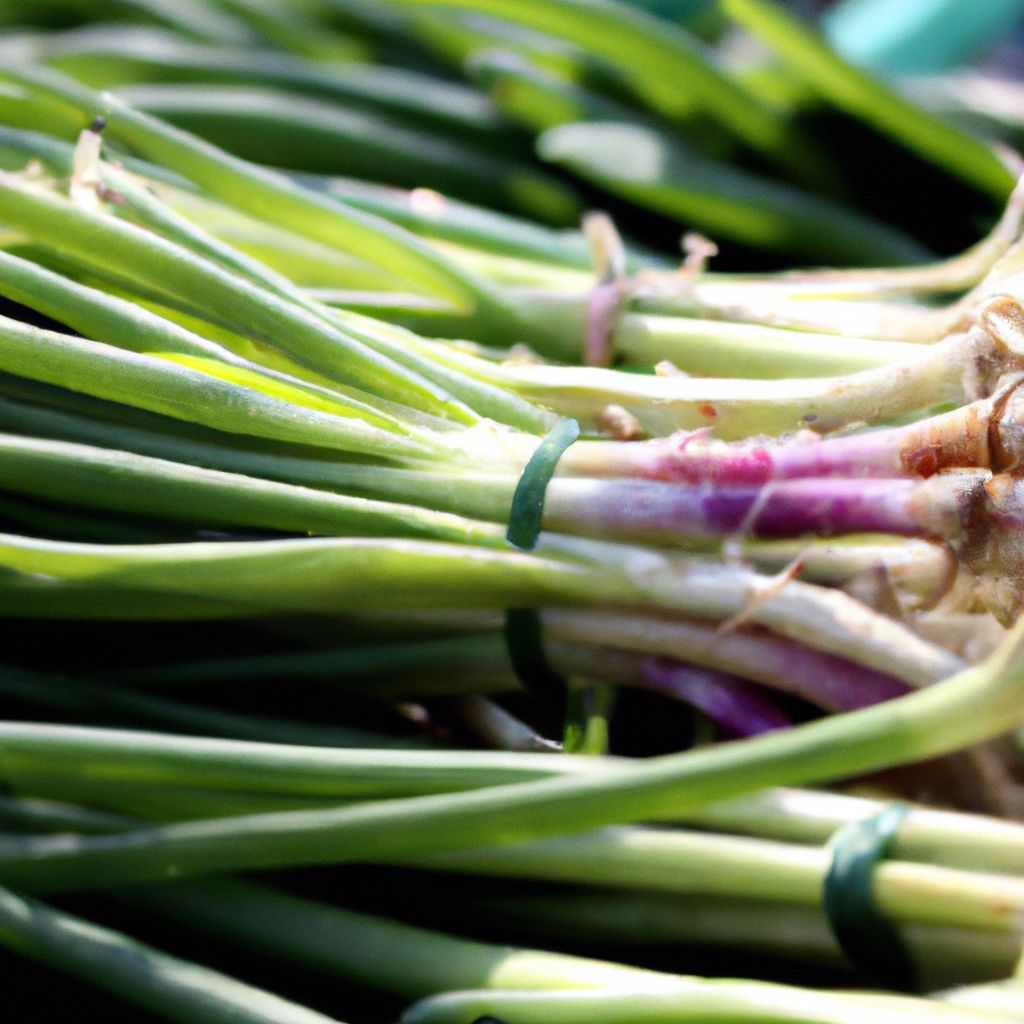Crocuses are delicate spring-blooming bulbs that add vibrant pops of color to the garden with their cheerful flowers. Often one of the first blooms to emerge after winter, crocuses signal the arrival of spring. With the right care and planting techniques, it’s easy to grow these hardy bulbs for years of beauty and enjoyment.
Choosing the Right Location
When planning a crocus garden, choose a site that receives ample sunlight. Crocuses thrive in areas with full sun or partial shade. Look for a spot that gets at least 6 hours of direct sunlight daily.
Check the drainage of the soil. Crocuses prefer well-draining soil to prevent waterlogging, which can lead to bulb rot. Ensure the location has soil that drains well.
Consider the pH of the soil. Crocuses prefer slightly acidic to neutral soil, with a pH range between 6 and 7. Test the soil’s pH level using a soil testing kit before planting.
Protect the crocuses from strong winds. Strong winds can damage the delicate flowers of crocuses. Choose a location that is sheltered from strong gusts, such as near a hedge or against a wall.
Provide adequate space for growth. Crocuses should be planted with enough space between each bulb to allow for proper growth and air circulation. Place them about 3-4 inches apart.
Choose an accessible location. Select a spot that is easily accessible for maintenance tasks like watering, weeding, and fertilizing.

Preparing the Soil
Start by clearing away debris and loosening the earth with a fork. Remove any weeds, rocks, or debris from the area.
Use a garden fork or tiller to loosen the soil to a depth of about 6 inches. This will allow the crocus bulbs to establish their roots easily.
If the soil is heavy or clay-like, add organic matter such as compost or well-rotted manure. This will improve drainage and provide nutrients for the crocuses.
Use a rake to level the soil surface, ensuring it is smooth and even.
Check the pH level of the soil using a soil testing kit. Crocuses prefer a slightly acidic to neutral soil with a pH range of 6.0 to 7.0.
Adjust the pH if needed. If the soil pH is too acidic, add lime to raise it. If the soil pH is too alkaline, add elemental sulfur or peat moss to lower it. Follow product instructions for correct application rates.
Water the soil thoroughly before planting bulbs. This will create a favorable environment for root growth.
Planting the Bulbs
For best results, plant crocus bulbs in the fall, about 6-8 weeks before the ground freezes. This allows the bulbs to establish root systems before winter dormancy.
- In colder climates, plant in September or October
- In milder regions, plant in November
Dig holes 2-3 inches deep and space bulbs 2-3 inches apart. Place bulbs pointy end up and cover with soil.
Plant crocus bulbs in clusters or drifts to create a greater visual impact.
Label crocus varieties for easy identification. Helpful to keep track for proper care.

Caring for Crocuses
Proper care is vital for growing vibrant, healthy crocuses.
Watering
Water thoroughly after planting and provide about 1 inch of water weekly during growth. Consistent moisture is key, but avoid overwatering.
Watering Tips:
- Keep soil consistently moist but not soggy
- Water when top inch of soil feels dry
- Provide more water during dry periods
- Prevent waterlogging to avoid bulb rot
Fertilizing
Fertilize crocuses lightly in early spring with a balanced, low-nitrogen fertilizer. Follow package instructions for proper dosage based on planting area size.
Apply fertilizer before expected rainfall or water immediately after to dissolve and distribute nutrients into soil.
Mulching
Apply 2-3 inches of organic mulch like straw, shredded bark or leaves around plants.
Benefits of Mulching:
- Retains moisture in soil
- Insulates bulbs from temperature fluctuations
- Suppresses weed growth
- Improves soil as it decomposes over time
Leave small gap around plant stems for air circulation. Replenish mulch as needed.
Maintaining Crocuses
Pruning
Allow foliage to die back naturally after blooms fade. Deadhead spent blooms but leave foliage intact. Foliage provides nutrients the bulbs need for next year’s growth. Remove only once fully yellowed and withered.
Division and Transplantation
Divide overcrowded clumps every 3-5 years in late summer or fall when crocuses are dormant.
Steps for Division:
- Lift clumps and gently separate bulbs by hand or with a knife
- Ensure each division has several bulbs and some roots
- Replant divisions 3-5 inches apart in prepared soil
- Water thoroughly after transplanting
Dividing rejuvenates plants and encourages better blooming. Transplant extra bulbs to new locations.

Enjoying the Blooms
Make the most of crocus blooms by displaying in sunny areas and removing faded flowers promptly.
Appreciate their early season color, memorialize in photos and arrangements, or give as cheerful gifts. Share with others and delight in their delicate beauty.
Crocus Varieties
There are several different types of crocuses, each with unique traits:
Spring-Flowering
- Bloom in early spring
- Most common type
- Colors include purple, yellow, white
Autumn-Flowering
- Bloom in fall
- Less common
- Shades of pink, lavender, blue
Wild Crocuses
- Found in natural habitats
- Smaller than cultivated varieties
- Various global native species
Giant Crocuses
- Larger flowers
- Grow up to 6 inches tall
- Assorted colors
Striped Crocuses
- Beautiful stripes on petals
- Color combinations like white/purple, yellow/orange
Growing Conditions
Crocuses require specific conditions to thrive:
Sunlight: Full sun to partial shade/filtered light. At least 6 hours of direct sun daily.
Soil: Sandy, loamy soils that drain well. Neutral to slightly acidic pH of 6.0-7.0.
Temperature: Prefer cool weather and soil temperatures between 35-60°F/2-15°C.
Moisture: Evenly moist soil. Avoid extremes of too dry or soggy.
Spacing: Plant bulbs 2-3 inches apart and 3-4 inches deep for growth.
Fertilizer: Sparing amounts of balanced fertilizer in early spring.
Air Circulation: Good airflow prevents diseases. Do not overcrowd plants.
Planting Timelines
The best planting time depends on the crocus variety and climate:
Fall Planting
- Best for most crocuses
- Plant 6-8 weeks before first frost
- Allows root growth before winter
Spring Planting
- Some varieties do better planted in spring
- After soil thaws and temperatures warm
- Typically late February to early March
Consider Climate
- Fall planting better for cold climates
- Spring planting suited for mild winters
Planting at the right time prevents premature emergence and winter damage.

Blooming Duration
On average, crocuses take 4-6 weeks to bloom after planting. Exact duration depends on several factors:
- Crocus variety – Early or late blooming types
- Climate and growing conditions
- Planting depth – Deeper delays emergence
- Weather – Colder temps prolong wait
Once flowers emerge, individual blooms last approximately 1-2 weeks. Proper maintenance prolongs overall display. Deadhead old blooms to encourage new buds.
Winter Care
Crocuses are cold hardy but still benefit from extra winter protection:
- Insulate soil with 2-3 inches of mulch
- Remove snow cover if heavy to prevent smothering
- Avoid overwatering – only water if soil is very dry
- Deter pests like mice/voles with barriers
- Monitor for disease and remove afflicted bulbs
- Protect from extreme cold such as sudden frosts
Take steps to shield crocuses from potential cold damage for best spring performance.
Common Pests and Diseases
Crocuses are prone to some pests and diseases:
Pests
| Pest | Damage | Control |
|---|---|---|
| Squirrels | Dig up and eat bulbs | Wire mesh or containers |
| Mice & Voles | Eat bulbs and damage plants | Barriers like wire mesh |
| Slugs & Snails | Eat leaves and flowers | Remove by hand or use organic slug bait |
Diseases
| Disease | Cause | Prevention |
|---|---|---|
| Botrytis (grey mold) | Damp conditions | Improve airflow, avoid overcrowding |
| Root rot | Overwatering | Plant in well-draining soil, water properly |
| Bulb rot | Excess moisture | Good drainage, water carefully, allow soil to dry out between waterings |
Promptly remove and destroy any infected plants to prevent spreading.
Growing Crocuses Indoors
Crocuses can be successfully grown indoors with proper care:
- Select a container with drainage holes, at least 4 inches deep
- Use a quality potting mix designed for bulbs
- Place bulbs pointy side up, 1-2 inches deep
- Situate container in bright, sunny spot (south-facing window ideal)
- Maintain cool temps between 55-65°F
- Check soil moisture frequently, water when surface is dry
- Apply diluted liquid fertilizer every 2-4 weeks
- After blooming, allow leaves to yellow before removing
- Gradually introduce to outdoor conditions before transplanting
Proper sunlight, temperatures, moisture and care allow crocuses to thrive indoors. Avoid placing near heat sources.
Incorporating Crocuses in Landscaping
Crocuses lend early season elegance to gardens and landscapes. Follow these tips when incorporating crocuses into ornamental beds, borders and designs:
- Choose a spot with full sun to partial shade for optimal blooming
- Prepare soil well in advance by loosening, amending with organic matter, leveling and testing pH
- Plant bulbs in clusters or drifts for best visual impact
- Space bulbs appropriately based on variety – follow label guidelines
- Apply protective mulch layer to help retain moisture and control weeds
- Provide adequate water and light fertilization during growth and blooming
- Prune spent flowers to maintain tidiness but allow foliage to die back naturally
- Check for pests like squirrels or slugs and take protective measures as needed
- Every few years, dig up, divide and replant overcrowded clumps
- Situate crocuses where their vibrant colors can take center stage
With proper planning and care, crocuses can add striking early season interest to ornamental beds, rock gardens, borders and more.
Takeaway on Crocus Plant Care
Cheerful crocuses are easy to grow for any gardener. With proper care, these bulbs will naturalize and provide a welcome sight after bare winter landscapes. Their delicate blooms herald the arrival of spring.
By choosing an appropriate site, planting at the right time, providing attentive care and maintenance, and selecting well-suited varieties, you can successfully cultivate crocuses for endless enjoyment in gardens, containers and landscapes. These hardy bulbs will reward you with years of beauty and sweet spring color.
















































